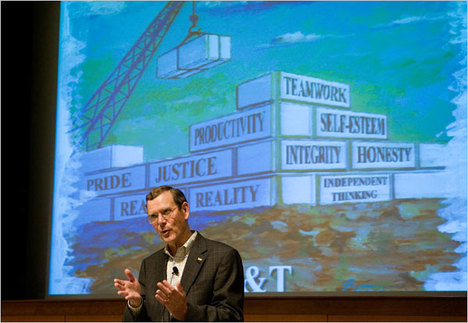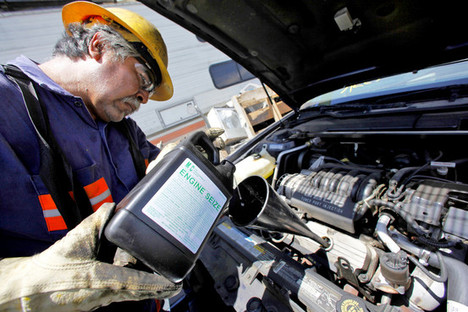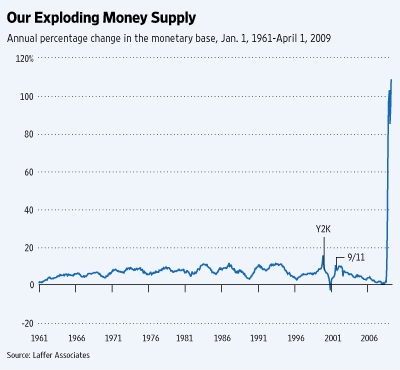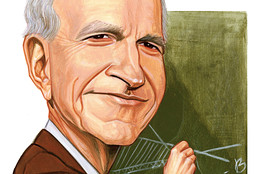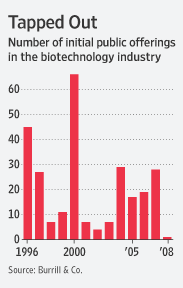(p. A13) Everybody is looking for stimulus money.
From bridge builders to food stamp recipients, from roofers to subway riders, from teachers to housing project residents, people are eager to feel some part of a tidal wave of federal dollars in their lives.
The mob is eager, too.
Federal and state investigators who track organized crime believe that some members have geared up to take advantage of the swift and enormous cash influx — if they have not already — looking, as the old Sicilian expression goes, to wet their beaks.
Nimble, innovative and with a seemingly boundless appetite for the taxpayer’s dollar, the mob’s more sophisticated cadre has plundered municipal, state and federal coffers for generations.
. . .
(p. A14) The distinctiveness of the immediate challenge surrounding the stimulus money is owed in part to the bill’s twin imperatives: Get a lot of money out and get it out as fast as possible. And it is compounded by the fact that law enforcement agencies like the F. B. I. and prosecutors’ offices are hip deep in the competing priorities of counterterrorism and the explosion of corporate and mortgage fraud cases.
Making matters worse, the money is flowing into familiar territory for those with a history of feeding at the public trough. Two of the largest portions of the stimulus pie in the New York City area are going to sectors of the economy — Medicaid and infrastructure projects — where the mob and Eastern European crime groups have flourished for decades, perfecting old schemes and developing new ones.
And it is not just criminals who are causing concern. Several officials noted that in an area where close to two dozen state and city legislators have been indicted in recent years, the flow of stimulus funds through government agencies will provide ample opportunity for corrupt public employees.
. . .
. . . , the speed with which the program has been put in place, along with what many officials have called insufficient oversight, has left some in law enforcement with grave concerns.
“It’s coming out without the internal controls in place,” said a law enforcement official who spoke on condition of anonymity because he was not authorized to discuss the issue publicly. “It’s like putting a bank robber in a toll booth.”
For the full story, see:
WILLIAM K. RASHBAUM. “Concern Is High That the Mob May Seek a Cut of the Stimulus Pie.” The New York Times (Fri., August 31, 2009): A13-A14.
(Note: ellipses added.)

